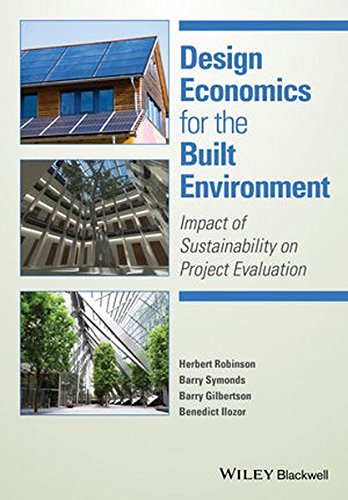

Most ebook files are in PDF format, so you can easily read them using various software such as Foxit Reader or directly on the Google Chrome browser.
Some ebook files are released by publishers in other formats such as .awz, .mobi, .epub, .fb2, etc. You may need to install specific software to read these formats on mobile/PC, such as Calibre.
Please read the tutorial at this link: https://ebookbell.com/faq
We offer FREE conversion to the popular formats you request; however, this may take some time. Therefore, right after payment, please email us, and we will try to provide the service as quickly as possible.
For some exceptional file formats or broken links (if any), please refrain from opening any disputes. Instead, email us first, and we will try to assist within a maximum of 6 hours.
EbookBell Team

4.1
40 reviewsThe drive towards environmentally friendly buildings and infrastructure has led to a
growing interest in providing design solutions underpinned by the core principles of sustainability to balance economic, social and environmental factors.
Design Economics for the Built Environment: Impact of sustainability on project evaluation presents new directions, reflecting the need to recognise the impact of climate change and the
importance of sustainability in project evaluation. The aim is to provide a new approach to
understanding design economics in the context of the changing policy
environment, legislative and regulatory framework, and increasing economic,
environmental and social pressure as result of the sustainability agenda.
The book follows a structured approach from theories and principles in the earlier chapters,
to the practical applications and emerging techniques focusing on value and
social, economic and environmental considerations in making design decisions. It
starts with the policy context, building on various theories and principles
such as, capital cost, value of design and resource-based theories, the new rules of measurement (NRM) to explore cost planning, the relationship between height and costs, key
socio-economic and environmental variables for design appraisal, eco-cost/value ratio (EVR), whole life theory
and the treatment of carbon emission as external costs, productivity and
efficiency, fiscal drivers and legal framework for carbon reduction, procurement and allocation of risks in contracts.
Case studies, practical examples and frameworks throughout reinforce theories and
principles and relate them to current practice. The book is essential reading
for postgraduate students in architecture, building and quantity surveying and
is also a valuable resource for academics, consultants and policy-makers in the
built environment.